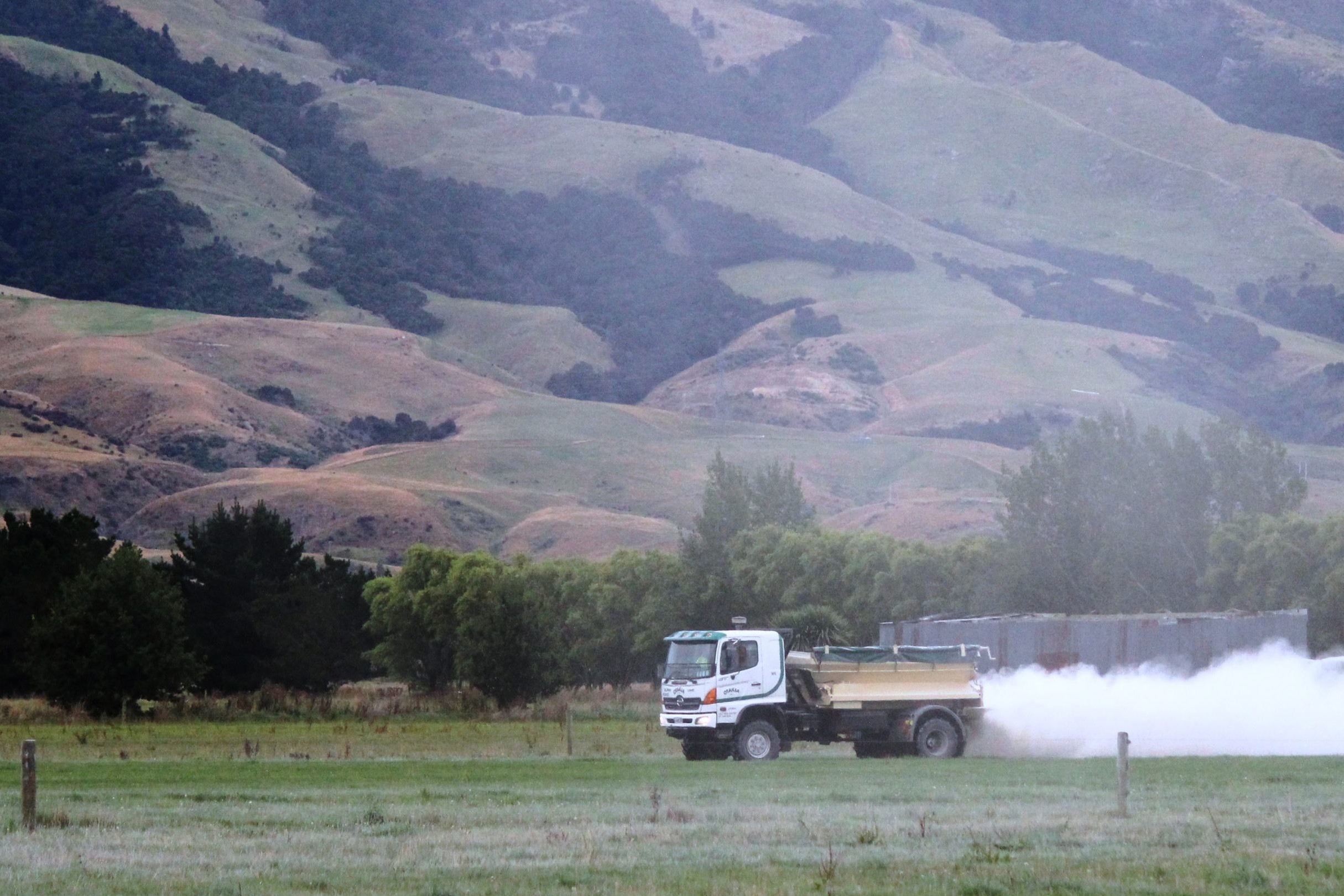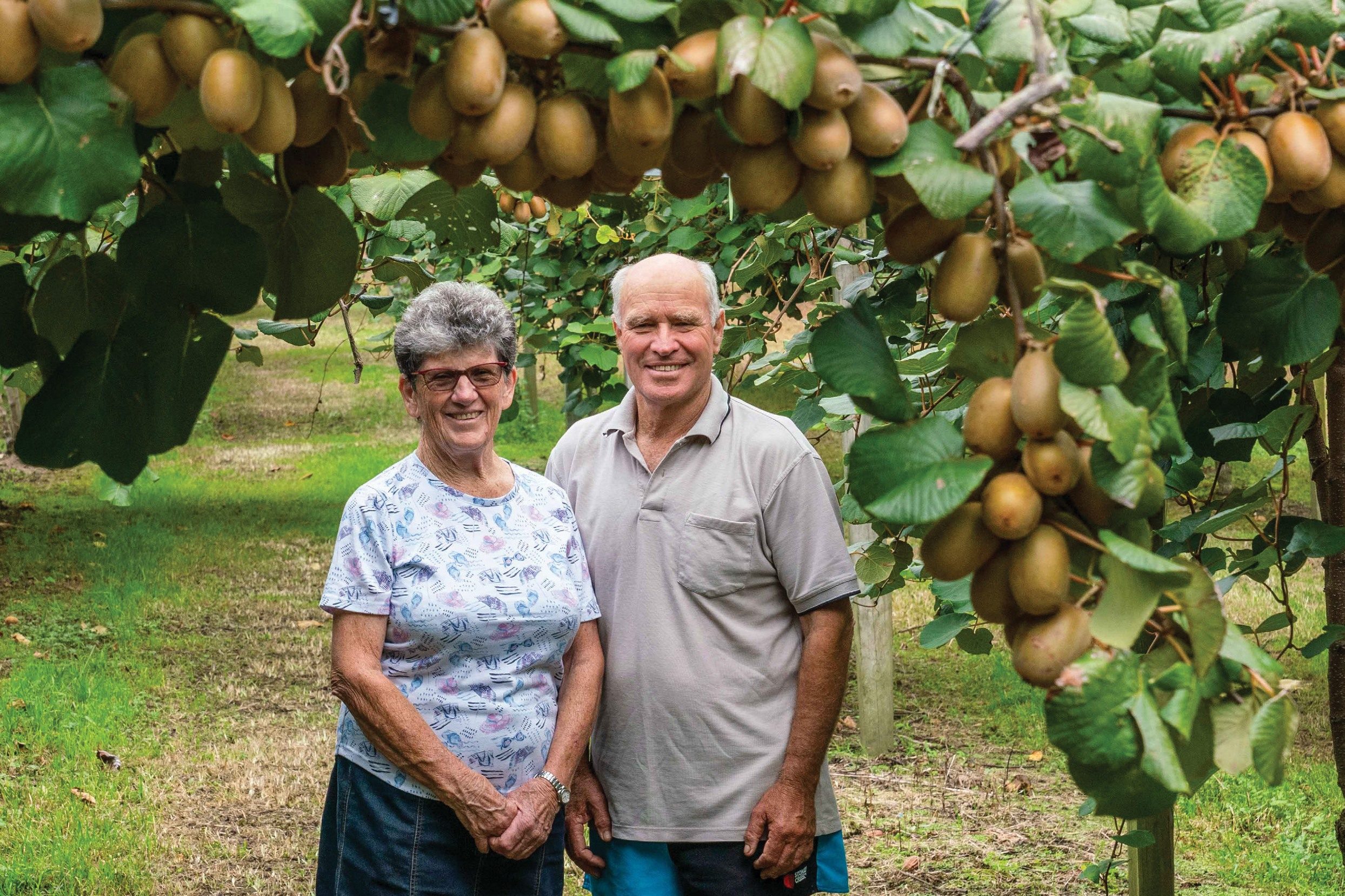Two years into the Tararua Plantain project, 50 out of the 118 unconsented farmers in the Upper Manawatu catchment are getting stuck into growing. Jackie Harrigan reports.
The strength of the project thus far has been the leading farmers in the Tararua Working Group – the monitor farmers showing how the forage will work from a farm systems sense.
“The research is clear in terms of plantain reducing N loss, but can we do it on commercial farms?
“The confidence will build as leading farmers get into it.” DairyNZ project leader Adam Duker asks.
The project now has two years monitoring data from pilot farmers, and the group is holding field days on the technical aspects of establishing the sward, managing it, and controlling weeds and pests.
“We are also monitoring the production and persistence aspects of the crops,” Duker said.
In 2020/21, the third year of five of the project, 10 case studies are being developed to represent Tararua farmers so that all other farmers can find a situation that fits them and that they can learn from.
Tararua farmers are farming with environmental and economic imperatives, so it’s important to understand how the plantain fits into the scenario, Duker said.
“We know that plantain can be a great tool for farmers to mitigate N losses, along with other mitigations. But they all add complexity, and how do they all fit together?
“With this research we can quantify plantain within the toolbox and think about where it fits and what degree of plantain should farmers be pursuing to hit the sweet spot.”
Further research includes developing visual tools for farmers to assess the ration of plantain in the sward.





